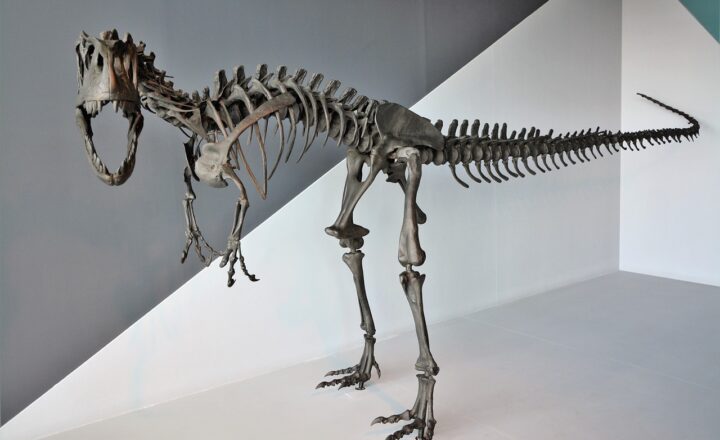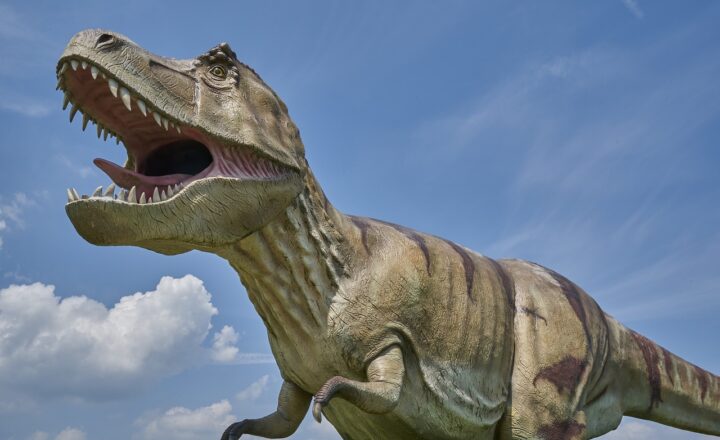The Evolution of Birds from Dinosaurs and What It Reveals About Adaptation
November 12, 2024

Birds are some of the most remarkable creatures on our planet, not just because of their ability to soar through the skies but also due to their fascinating evolutionary history. The evolutionary journey of birds from dinosaurs represents one of the most significant transitions in the history of life. This article delves into how birds evolved from their dinosaur ancestors and what this transformation reveals about the broader concepts of adaptation and survival in nature.
1. Genesis of Birds: A Dinosaurian Heritage
To understand how birds evolved, we must first explore the dominion of dinosaurs. During the Mesozoic Era, approximately 230 million years ago, dinosaurs thrived and diversified into a myriad of forms. Birds are believed to have descended from theropod dinosaurs—a group that includes famous predators like Tyrannosaurus rex and Velociraptor.
The fossil record illustrates that birds emerged from small, feathered theropods known as maniraptorans around 150 million years ago, during the late Jurassic period. One of the earliest known birds is Archaeopteryx, which possessed both avian and reptilian features, such as feathers, wings, and a long bony tail—traits that hint at its dinosaur ancestry.
2. Key Adaptations in the Evolution of Birds
The transition from dinosaur to bird involved numerous adaptations that enabled these creatures to conquer the skies. Some critical changes include:
- Feathers: Essential for flight, feathers likely evolved from earlier structures related to insulation and display. They provided the necessary surface area for lift and also played roles in thermoregulation and mating rituals.
- Hollow Bones: Evolution favored lightweight structures; thus, bird bones became hollow while maintaining strength, reducing overall body weight for better aerodynamics.
- Beak Formation: The transition from teeth to beaks allowed birds to consume a wider variety of food sources, adapting to different ecological niches.
- Altered Forelimbs: Forelimbs evolved into wings, enabling powered flight. Changes in shoulder anatomy further enhanced their flying capabilities.
These adaptations did not occur overnight but resulted from numerous small changes over millions of years, demonstrating the gradual nature of evolution and the importance of environmental pressures.
3. The Role of Environment in Adaptive Evolution
The evolution of birds showcases the critical role that environmental changes play in adaptation. As climates and habitats shifted, avian ancestors faced new challenges—such as predators and scarcity of food—that influenced their evolutionary paths. The need for improved survival mechanisms drove the development of key adaptations mentioned earlier.
For instance, during periods of climatic change, those birds that could fly effectively found new feeding grounds, thus succeeding in their ecological niche. Furthermore, those with advantageous traits (e.g., better camouflage or faster flight) were likely to survive longer and pass these traits to their offspring—a process known as natural selection.
The concept of adaptive radiation is vital when considering the diversity of bird species today. This phenomenon explains how birds with a common ancestor diversified quickly into a multitude of forms and sizes, each suited to specific environments or lifestyles (e.g., hummingbirds, raptors, and penguins).
4. Birds as Living Dinosaurs
Today, birds are not merely descendants of dinosaurs; they are, in fact, classified within the clade Dinosauria. They are the only surviving lineage of theropod dinosaurs, making them living dinosaurs in a sense. This realization has reshaped how scientists perceive both birds and dinosaurs.
Moreover, examining modern birds can provide invaluable insights into the behaviors and ecological roles of their ancient relatives. Studies of avian species have broadened our understanding of:
- Social structures and communication methods, crucial for understanding how similar behaviors might have evolved in dinosaurs.
- Flight mechanics and adaptations that reveal the physical constraints faced by prehistoric birds and their dinosaur ancestors.
- Body structures and physiological functions that illuminate how dinosaurian traits survived through avian evolution.
As researchers continually explore the link between modern birds and their dinosaur ancestors, knowledge expands about the development of flight, nesting behaviors, and social interactions.
5. The Impact of Mass Extinction on Avian Evolution
The K-T extinction event, which occurred around 66 million years ago, marks a significant turning point in the history of both dinosaurs and birds. This catastrophic event led to the extinction of approximately 75% of Earth’s species, including many dinosaur lineages. However, some small feathered theropods survived.
Post-extinction, birds faced a radically different world. This period offered new ecological opportunities in the absence of many large dinosaurs, allowing avian species to diversify. They adapted to various niches—some evolved to be ground-dwellers, others took to the skies, and some developed aquatic lifestyles.
This adaptability highlights the importance of resilience and evolution in the face of catastrophic events, showcasing how life can not only survive but also thrive after extinction.
6. Conclusion: The Legacy of Birds and Their Adaptations
The evolution of birds from dinosaurs is a profound testament to the power of adaptation. It reminds us that change is not only inevitable in the natural world but also essential for survival. As we observe the diverse avian species that grace our skies today, we are witnessing a living legacy of millions of years of evolution, diversification, and adaptation.
Understanding this journey enhances our appreciation for biodiversity, fosters a deeper respect for environmental stewardship, and underscores the significance of preserving habitats that allow life to flourish.
As we delve deeper into each avian species, we uncover more about their evolutionary past, providing a clearer picture of how life on Earth has continued to adapt in its quest for survival. Future generations will rely on our commitment to protect wildlife and natural ecosystems, ensuring that the incredible story of adaptation continues for years to come.








